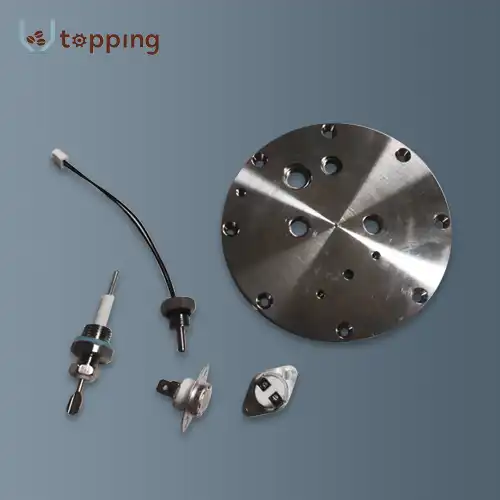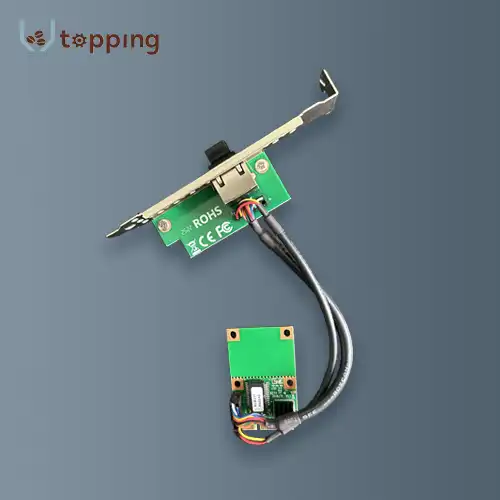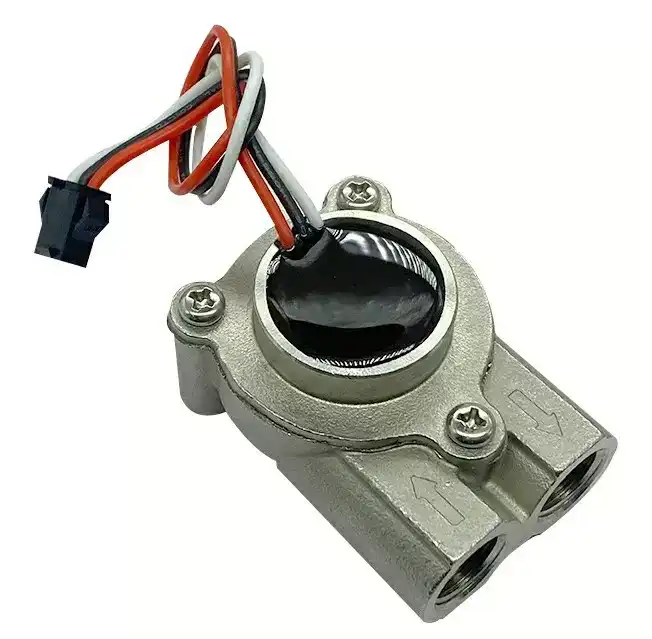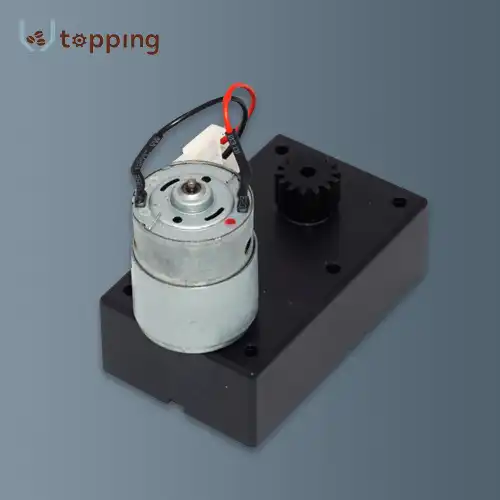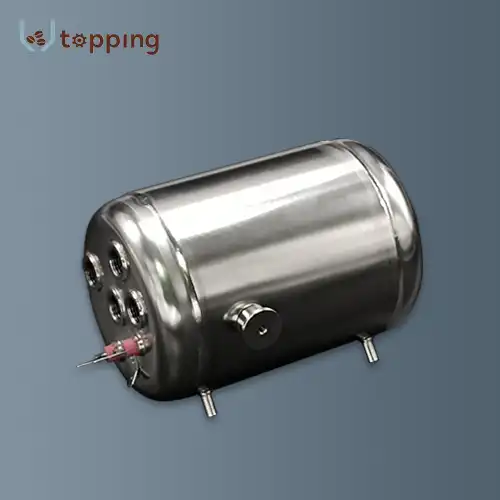How Do Coffee Vending Machine Mixing Systems Ensure Consistent Flavor?
2024-06-19 15:00:14
Introduction
Coffee vending machines have become an integral part of many workplaces, public areas, and even homes, providing a quick and convenient way to enjoy a cup of coffee. These machines must ensure that each cup of coffee has a consistent flavor, despite numerous factors that could potentially affect taste. This blog explores the mechanisms behind coffee vending machines, focusing on how their Coffee Vending Machine Mixing Systems work to ensure a consistently delightful coffee experience. We'll delve into some of the most pressing questions about these systems, shedding light on the technology and processes that make them so reliable.
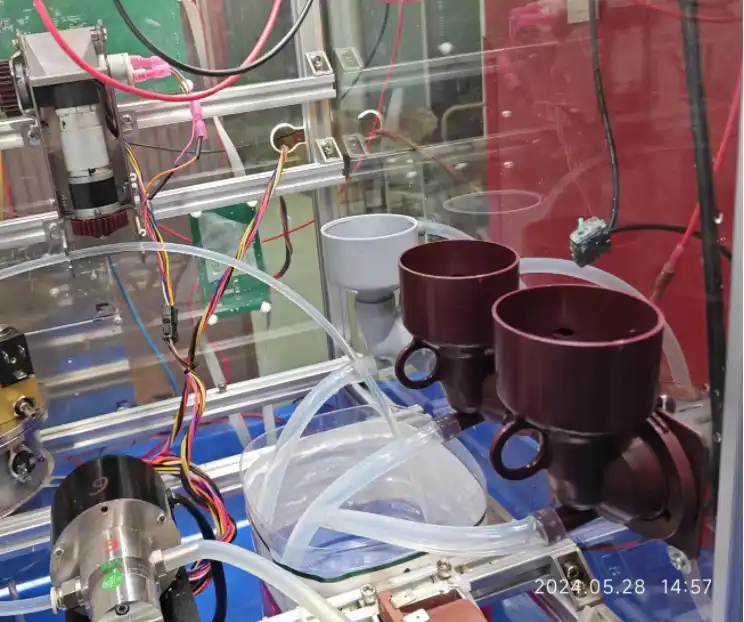
What Are the Key Components of a Coffee Vending Machine's Mixing System?
The consistency in flavor achieved by coffee vending machines starts with the intricate design of their mixing systems. Here are the key components involved:
1. Ingredient Storage and Dispensers: Coffee vending machines have separate compartments for each ingredient, such as coffee grounds, milk powder, sugar, and flavorings. Each compartment is designed to keep the ingredients fresh and dry. The dispensers are highly calibrated to release precise amounts of each ingredient, ensuring the right proportions for each type of coffee drink.
2. Mixing Chamber: The mixing chamber is where all the ingredients come together. This chamber is equipped with mechanisms like stirring rods or agitators that ensure thorough blending. The design and efficiency of the mixing chamber are critical for achieving a homogeneous mixture that translates into a consistent flavor profile.
3. Water Heating System: The water heating system heats water to the optimal temperature for brewing coffee. The temperature must be consistent to ensure the proper extraction of flavors from the coffee grounds. This system of Coffee Vending Machine Mixing Systems often includes a temperature sensor and a control unit to maintain the desired temperature.
4. Brewing Unit: In this unit, the heated water is passed through the coffee grounds. The unit's design ensures that water evenly saturates the coffee grounds, maximizing flavor extraction. For different types of coffee drinks, such as espresso or cappuccino, the brewing unit adjusts pressure and brewing time accordingly.
5. Dispensing Mechanism: Finally, the mixed and brewed coffee is dispensed into a cup. The dispensing mechanism ensures that the coffee is delivered smoothly, without splashing or spilling, maintaining the consistency of the final product.
Each of these components plays a vital role in ensuring that every cup of coffee dispensed by the machine has a consistent flavor.
How Do Coffee Vending Machines Maintain Ingredient Freshness?
The freshness of ingredients is a key factor in maintaining the consistent flavor of coffee dispensed by vending machines. Here are the methods employed by these machines to keep ingredients fresh:
1. Sealed Containers: Ingredients are stored in sealed containers within the machine. These containers protect the ingredients from exposure to air, moisture, and contaminants, preserving their freshness. For example, coffee beans or grounds are stored in airtight hoppers of Coffee Vending Machine Mixing Systems, preventing oxidation that can degrade flavor.
2. Regular Refilling and Maintenance: Operators are responsible for regularly refilling and maintaining the ingredients. This involves replenishing coffee, milk powder, and other ingredients before they run out or become stale. Many modern machines are equipped with sensors that alert operators when supplies are low or require replacement.
3. Hygiene and Cleaning Protocols: To prevent contamination, coffee vending machines incorporate automatic cleaning systems that regularly clean the internal components, such as the mixing chamber and brewing unit. These cleaning cycles are crucial for maintaining hygiene and ensuring that old residues do not affect the taste of new servings.
4. Use of Quality Ingredients: The quality of ingredients used also impacts freshness and flavor consistency. Many machines use high-quality, specially formulated ingredients that are designed to work well within vending machines. These ingredients often have longer shelf lives and are more resistant to environmental factors that could degrade their quality.
5. Controlled Dispensing: Precision in dispensing is essential for maintaining the freshness and flavor of the coffee. The machine ensures that only the required amount of each ingredient is used for each cup, reducing waste and preventing ingredients from sitting exposed for too long.
By employing these methods, coffee vending machines are able to keep their ingredients fresh, which is critical for delivering a consistent and flavorful coffee experience.
How Do Advanced Technologies Enhance Coffee Vending Machine Performance?
The use of advanced technologies has significantly improved the performance and reliability of coffee vending machines. These technologies ensure consistency in flavor and enhance the overall user experience. Here are some of the key advancements:
1. Smart Sensors and IoT Integration: Modern coffee vending machines are equipped with smart sensors and Internet of Things (IoT) technology. These sensors of Coffee Vending Machine Mixing Systems monitor various parameters such as ingredient levels, water temperature, and machine status. IoT integration allows for remote monitoring and control, enabling operators to manage machines efficiently and address issues promptly.
2. Programmable Settings: Advanced machines come with programmable settings that allow operators to customize brewing parameters such as temperature, pressure, and brewing time. These settings can be fine-tuned to match specific coffee recipes, ensuring that each type of coffee drink is brewed to perfection.
3. Touchscreen Interfaces: User-friendly touchscreen interfaces have become a common feature in modern coffee vending machines. These interfaces allow users to easily select their preferred coffee type and customize their drink according to their taste. The intuitive design of these interfaces enhances the user experience and makes the machines more accessible.
4. Energy Efficiency: Energy-efficient designs and features have become a priority in modern coffee vending machines. Energy-saving modes, insulated water tanks, and efficient heating systems help reduce energy consumption without compromising performance. These features not only lower operational costs but also contribute to environmental sustainability.
5. Cashless Payment Systems: The integration of cashless payment systems, such as credit card readers and mobile payment options, has made coffee vending machines more convenient for users. These systems provide a quick and secure way to pay, eliminating the need for cash and reducing transaction times.
6. Automatic Inventory Management: Some advanced machines are equipped with inventory management systems that track ingredient usage and alert operators when supplies need to be replenished. This ensures that the machines are always stocked with fresh ingredients, preventing downtime and ensuring consistent coffee quality.
By incorporating these advanced technologies, coffee vending machines have become more reliable, efficient, and user-friendly, ensuring that every cup of coffee meets the highest standards of flavor and quality.
Conclusion
Coffee Vending Machine Mixing Systems are marvels of modern engineering, designed to deliver a consistent and high-quality coffee experience. From the precision of ingredient dispensers to the advanced technologies that enhance performance, these machines ensure that every cup of coffee is brewed to perfection. Understanding the mechanisms behind these machines not only deepens our appreciation for their convenience but also highlights the sophistication involved in their design and operation.
References
1. "How Coffee Vending Machines Work." HowStuffWorks. https://home.howstuffworks.com/coffee-vending-machine.htm
2. "The Science Behind Coffee Vending Machines." Coffee Tasting Club. https://coffeetastingclub.com/blog/science-behind-coffee-vending-machines
3. "Modern Coffee Vending Machines: Features and Innovations." Coffee Industry Journal. https://coffeeindustryjournal.com/features-and-innovations
4. "Maintaining Quality in Coffee Vending Machines." Vending Times. https://vendingtimes.com/maintaining-quality-in-coffee-vending-machines
5. "Smart Coffee Vending Machines." IoT Tech News. https://iottechnews.com/smart-coffee-vending-machines
6. "Energy Efficiency in Coffee Vending Machines." Green Tech Media. https://greentechmedia.com/energy-efficiency-coffee-vending-machines
7. "Automatic Cleaning Systems in Vending Machines." Vending Market Watch. https://vendingmarketwatch.com/automatic-cleaning-systems
8. "Precision Engineering in Coffee Vending Machines." Engineering.com. https://engineering.com/precision-engineering-coffee-vending-machines
9. "The Role of Quality Ingredients in Vending Machines." Beverage Daily. https://beveragedaily.com/role-quality-ingredients-vending-machines
10. "Advances in Coffee Vending Machine Technology." Tech Trends. https://techtrends.com/advances-coffee-vending-machine-technology
Send Inquiry
Related Industry Knowledge
- How to choose the right operating system for Control Board For Vending Machine?
- Do coffee machines dispense cups?
- How do you clean a coffee sieve?
- What Does Coffee Boiler Mean?
- Are Coffee Grinder Motors Waterproof or Water-Resistant?
- What Factors Should You Consider When Choosing a Coffee Cup Dispenser?
- Can you install a camera in a vending machine?
- How to Fix Coffee Grinder Motor?
- Is a built-in coffee grinder worth it?
- What Role Do Mixing Systems Play in Enhancing Coffee Quality?

.webp)
